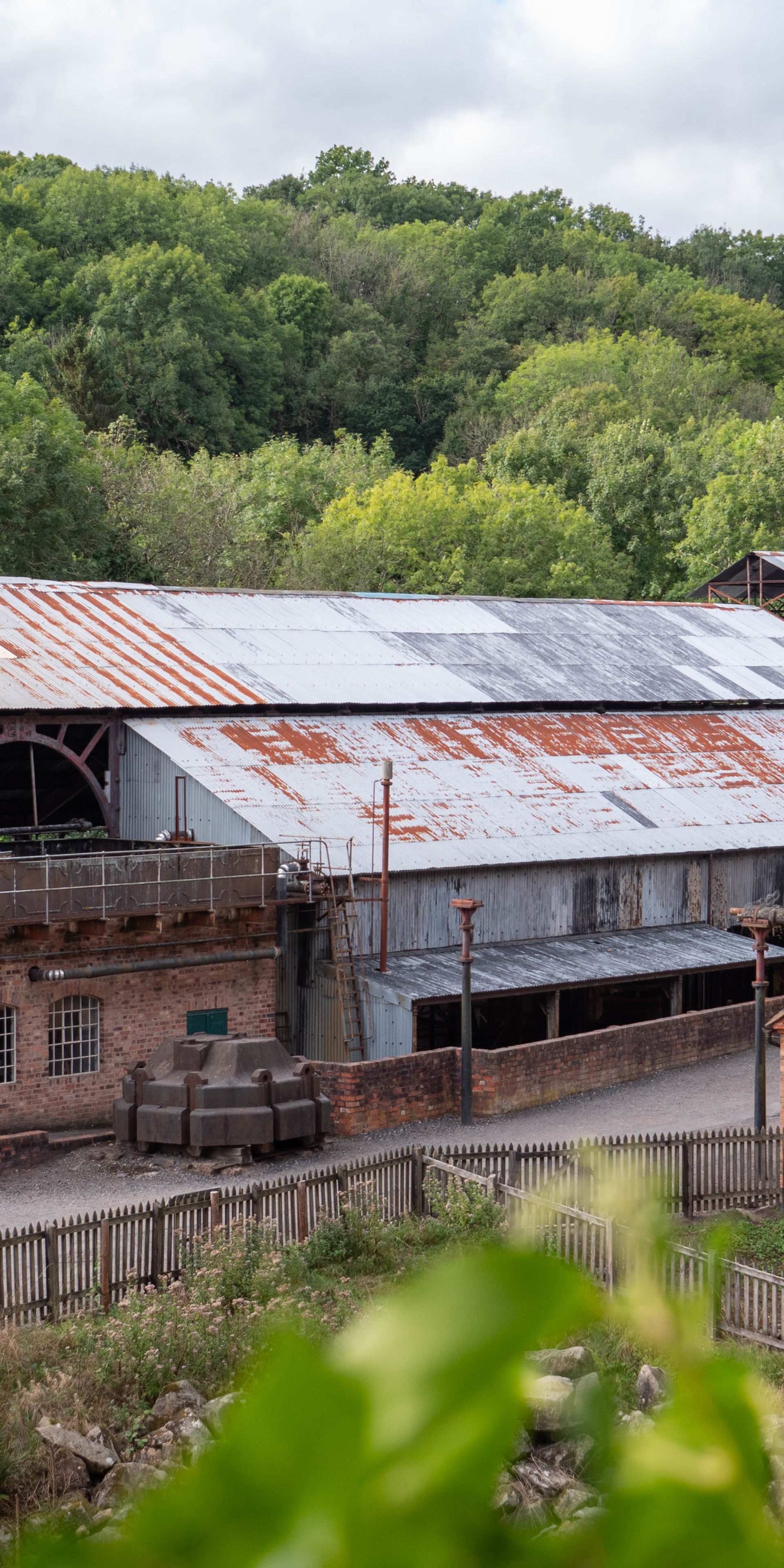News
-
![Satdeh Soup Poster Cropped Again]()
The Ironbridge Gorge Museum Trust celebrates Windrush Day 2025 with Saturday Soup
18th Jun 2025
On Saturday 21 June, the Ironbridge Gorge Museum Trust, in partnership with Telford & Wrekin Council, Telford & Wrekin Interfaith Council, and Telford African and Afro-Caribbean Resource Centre (TAARC), is hosting a special ‘Saturday Soup’ event to mark Windrush Day.
-
![Madeley Wood Co. Rescue Team]()
IGMT curators host summer talk series
30th May 2025
This summer the Ironbridge Gorge Museum Trust is hosting a series of three evening talks for curious adults, delivered by the museums’ curators and focussing on stories not usually told in the museums’ displays.

Sign up to our mailing list
Register your email with us and we’ll keep you up-to-date with news, events and offers.




